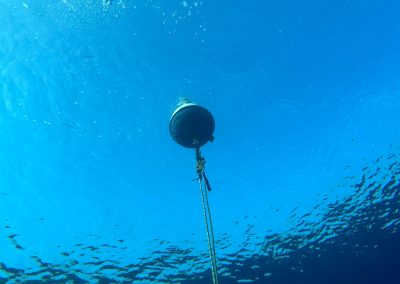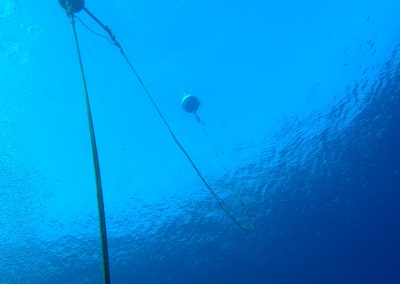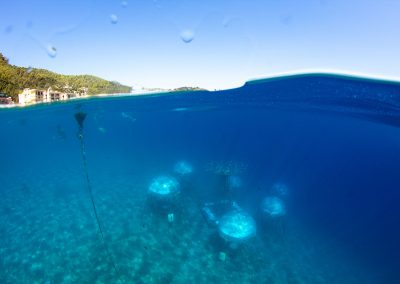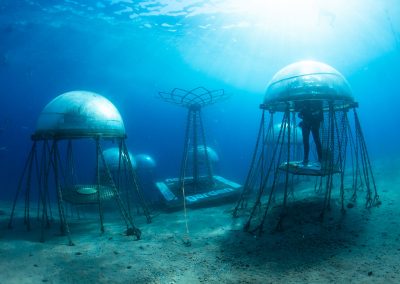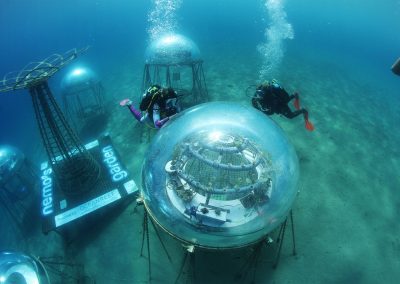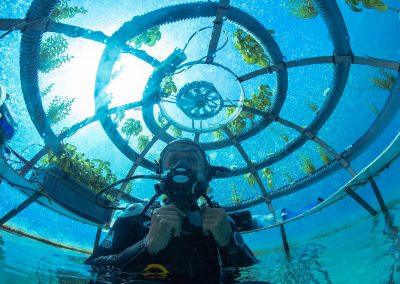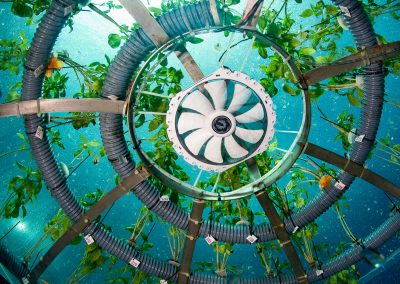
NEWS
The Scripps Institution of Oceanography Lagrangian Drifter Laboratory Partners with Nemo’s Garden and the University of Aversa to Provide Information on Wave Conditions
Nemo’s Garden, an under-the-ocean experiment in sustainable agriculture, is testing this futuristic concept by growing herbs such as mint, basil, at thyme inside air-filled clear Plexiglass biospheres at water depths between 4.5 m and 11 m off the coast of Noli, Italy. Solar energy and fresh water obtained by desalinization of seawater is used to maintain conditions optimal for growth. Sensors within the biospheres monitor air and water temperature, illumination, humidity, and carbon dioxide and oxygen levels, and these data are sent to the Nemo’s Garden laboratory.
The Scripps Institution of Oceanography Lagrangian Drifter Laboratory (LDL) is partnering with Nemo’s Garden and the University of Aversa to provide environmental data to support the monitoring of growing conditions and to provide data for engineering the structures under differing weather events. To that end, a Directional Wave Spectra Drifter (DWSD), an instrument built by the LDL, has been moored in proximity to the Garden. This device collects information about water temperature at the sea surface, the direction from which waves are propagating, and the average height of the biggest waves, and transmits these data via satellite telemetry to the user. The information from the wave buoy can be used by Nemo’s gardeners to understand the ocean’s activity within the region and the mechanical stresses on the spheres.

CONTACT US
Lagrangian Drifter Laboratory
Scripps Institution of Oceanography
9500 Gilman Drive
La Jolla, CA 92093 USA
ldl_drifter@ucsd.edu

Lagrangian Drifter Laboratory
Scripps Institution of Oceanography
9500 Gilman Drive
La Jolla, CA 92093 USA
ldl_drifter@ucsd.edu

